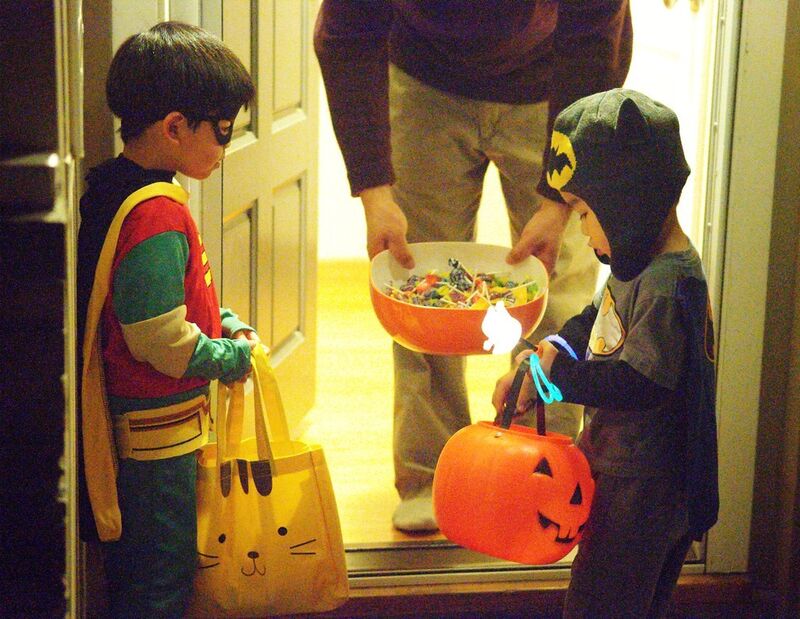
The ‘Trick or Treat’ season promises that not only zombies, but vampires, Batman, Wonder Woman, Avengers and many other cleverly disguised visitors will be ringing your doorbell soon, begging for as many treats as they can pack inside their decorated containers. The imagination goes wild - what fun to witness the creativity that is unearthed for this long-awaited, once-a-year opportunity to dress up as someone (or some THING) else and enjoy the pleasures of being a child!
Halloween should be a fun time for all kids of all ages, including children with disabilities. Trick-or-Treating can present unique challenges for some children, particularly children with disabilities. With a little consideration and some planning ahead, you can help ensure a good time is had by all. As you meet and greet the children of your community, here are a few ideas that might help make a zombie with a disability have the best Halloween ever!
- Treat children with disabilities the same as you would any other children. They will be proud of their costume and eager to get their treats and move on to the next home, just like their siblings and friends. Don't emphasize the fact that they have a disability or give them more treats than you would any other child.
- Strobe lights in the area can be problematic for kids with seizure disorders.
- A child with vision loss can benefit from a description of the treats being offered. For example, say, "I have M&Ms, Tootsie Rolls and Milky Way bars."
- Consider that many children are allergic to peanut products, so if possible, offer some peanut-free options, and keep treats containing peanuts in a separate bowl.
- If a Trick-or-Treater is deaf, face the child when speaking, speak clearly and smile a lot. If someone is interpreting for the child, make sure to focus on the child and not the interpreter.
- With all children, try to bend or lean over to come down to eye level. It will make all children feel more at ease.
- Remember that an accompanying service animal is working and should not be petted or distracted from its task.
- If a child stutters or has difficulty communicating, be patient and let them finish their sentences without interruption.
- Sugar-free treats or non-candy options such as pretzels to accommodate kids with diabetes or other dietary restrictions is a welcome option.
Here are some additional ideas and safety tips for parents, trick-or-treaters, and those handing out the goodies:
10 Halloween Safety Tips for Children with Special Needs - Parenting Special Needs Magazine
7 Halloween Tips for Kids with Disabilities | Easterseals Blog